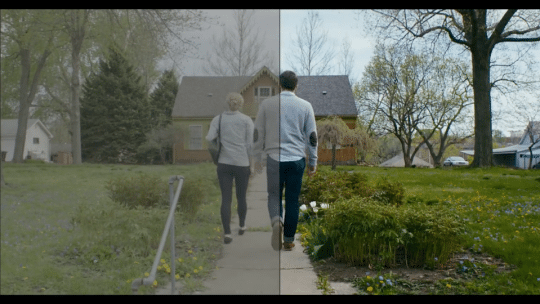
Video features, even live video, are ubiquitous now on social media. "Just press this button and post a video," we're urged. This may lull PR practitioners into the false sense that creating a good video for social is as easy as creating any video. But not so. Thoughtful video production is important, and it's attainable even for those of us who didn't go to film school and don't have large budgets.
At PR News' Video Workshop at the National Press Club in Washington, D.C., Tod Plotkin, principal of Green Buzz Agency, cautioned the audience against making these four mistakes:
1. Incorrect audio mixing
If you have background music and interview soundbites, is the music too loud and the interview too soft? What is more important, the music or the spoken words? This is not a trick question—it may change from moment to moment. But sometimes after an exhaustive search for the perfect background music, you may tend to mix it too loud in your enthusiasm to show it off.
2. Not immediately grabbing the viewer
You'll hear it over and over again from PR pros: You must grab and keep the viewer's attention in the first few seconds. A powerful opening soundbite can be important, but keep in mind that your audience may be seeing a soundless auto-playing video as they scroll through Facebook; you need arresting visuals as well. This attention-grabbing moment could pose a question the viewer wants to answer or use something unexpected, like slow motion. Ask yourself what will make your audience stop scrolling.
3. Trying to make the same video work across all platforms
Obviously, a square Instagram video will look terrible in the vertical layout of Snapchat, but this mistake goes beyond the size and shape of the frame. Longer videos might do well on Facebook and not elsewhere; Instagram should be aesthetically pleasing; Snapchat users prize authenticity so a shaky hand-held video could be better received than one filmed with a tripod. It's important to be in touch with how people (and especially brands) succeed on each platform to be successful yourself.
4. Not using color correction
Unless you're going for an informal Snapchat video, you owe it to yourself to look into color correction, which makes a huge difference in how professional your videos look. This is the key factor that separates "professional" from "low-budget." Not only will your final product be more polished, you can create feeling through tinkering with the color and make your clips more cohesive. Some software to consider is Davinci Resolve, the industry standard ($1,000), Lumetri (which comes with Adobe Premiere) or Red Giant's Magic Bullet ($399).
Follow Ian on Twitter: @ianwright0101
